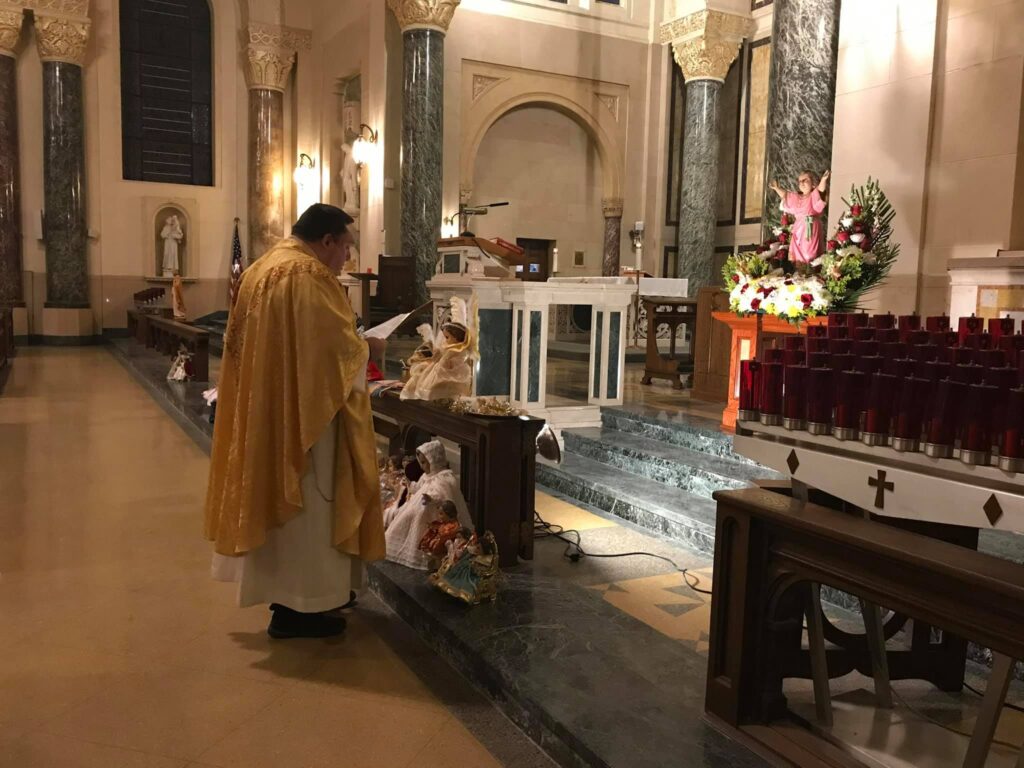 El Divino Niño
El Divino Niño
In efforts to engage our community to encounter Christ- we now have a Divino Niño statue at Our Lady of Angels Church. The Divino Niño is one of the most popular depictions of the Divine Child Jesus.
The devotion to the Divino Niño, originated in Colombia. The statue of the Child Jesus with His arms beckoning and wearing a traditional pink robe has an inscription “Yo reinaré” (“I will reign”) at its base. The statue will remind families of God’s love. His arms are stretched out, just like any child who wants to be picked up. He wants us to take Him and pick him up, pressing him close to our hearts.
On the Feast of the Presentation of The Lord, our pastor, Fr. Kevin Abels blessed and installed the Divino Niño statue. The statue was donated by one of our parish families. Many families brought their own Divino Niño statues to be blessed as tradition calls for on this day.
The images of Our Lady of Guadalupe, San Juan Diego, and the Divino Niño will give Hispanic families a sense of belonging and make them feel right at home. The image of the Child Jesus will inspire family devotion and prayer. Devotion to the Divino Niño is a family tradition that is passed down through generations.
All is Calm, All is Bright! Our Lady of Angels engaging with Families
Most of us did not expect to be social distancing for this amount of time, and we had high hopes that by the end of the year, we’d be able to spend time together in groups to celebrate. Especially, the days of the Christmas season which have so much meaning and are engraved in a child’s memory. Unfortunately, throughout the holidays we had to continue our safety precautions- but that didn’t damper the holiday spirit at Our Lady of Angels. A worldwide pandemic could not keep the Hispanic community at Our Lady of Angels from celebrating their yearly traditions of Las Posadas and Three Kings Day.
Las Posadas, a well-loved Mexican Christmas celebration, reminds us how Mary and Joseph searched for a place to stay where Mary could give birth to the Baby Jesus. In Spanish, the word “posada” means shelter or inn. In the not so distant, past, our community would gather and celebrate for nine days before Christmas. We ate tamales, sang the traditional Posada song as well as other villancicos-Christmas carols, broke piñatas, and ended the day with candy treats for the children.
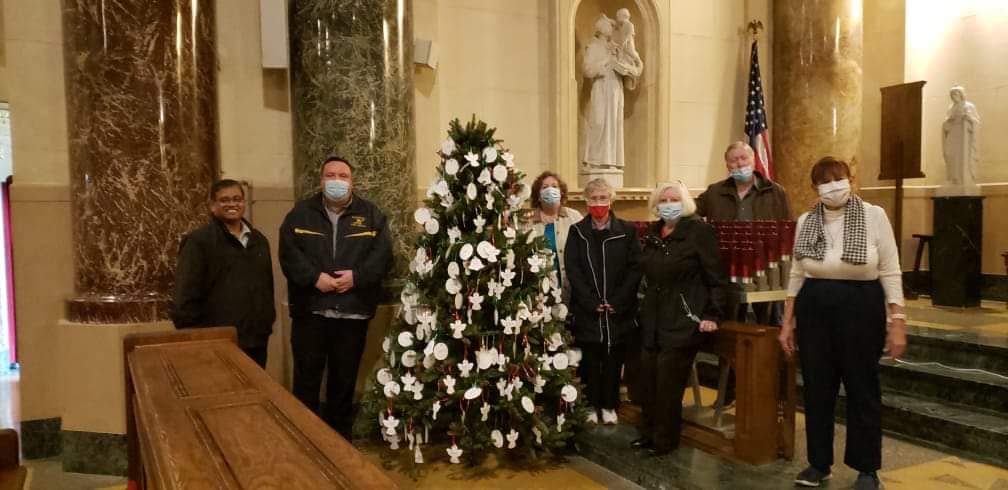
Although our community is growing, we don’t yet exceed our church capacity limits, which enabled us to hold the Posadas after Mass each night. We were all socially distanced, and although we did not have the traditional food and piñatas, we had the heart of the celebration -the song reminding us of Mary and Joseph’s struggle. Traditionally, a group sings outside, while another group remains indoors, but in this case, we sang from opposite pews. This went on for nine nights. Our children got the chance to engage with their community in an adapted version of a faith-inspiring tradition.
El Dia de Reyes, Three Kings’ Day is another one of our beloved holidays. We didn’t think we could do it, but again we are blessed with a large auditorium and a strong sense of community. Once again, all social distancing efforts were put in place. Our usual donor, a local bakery, prepared an individually wrapped traditional pastry “Rosca de Reyes” for each parishioner. Although we didn’t have our usual Three Kings Day skit, piñatas, and food, the heart of the celebration was maintained- each child was acknowledged with a gift and a wonderful memory.
Our pastor, Fr. Kevin Abels introduced another event that we hope will become a tradition. The lights were dimmed at the conclusion of Christmas Day Mass allowing the holiday lighting to illuminate the church. As we sat in awe, contemplating the Nativity and the real meaning of Christmas, Noche de Paz- Silent Night- played in the background. We were all reminded that all is calm- Christ our Savior is born.
At Our Lady of Angels, families were engaged in celebrating faith, love and hope in times of a pandemic. We kept in mind that with God all things are possible. Although we were socially distanced, we came together to keep the spirit of Christmas alive for our community. The Hispanic Community Advisory Committee is already at task planning how to bring the community together in Christ for the rest of the year!


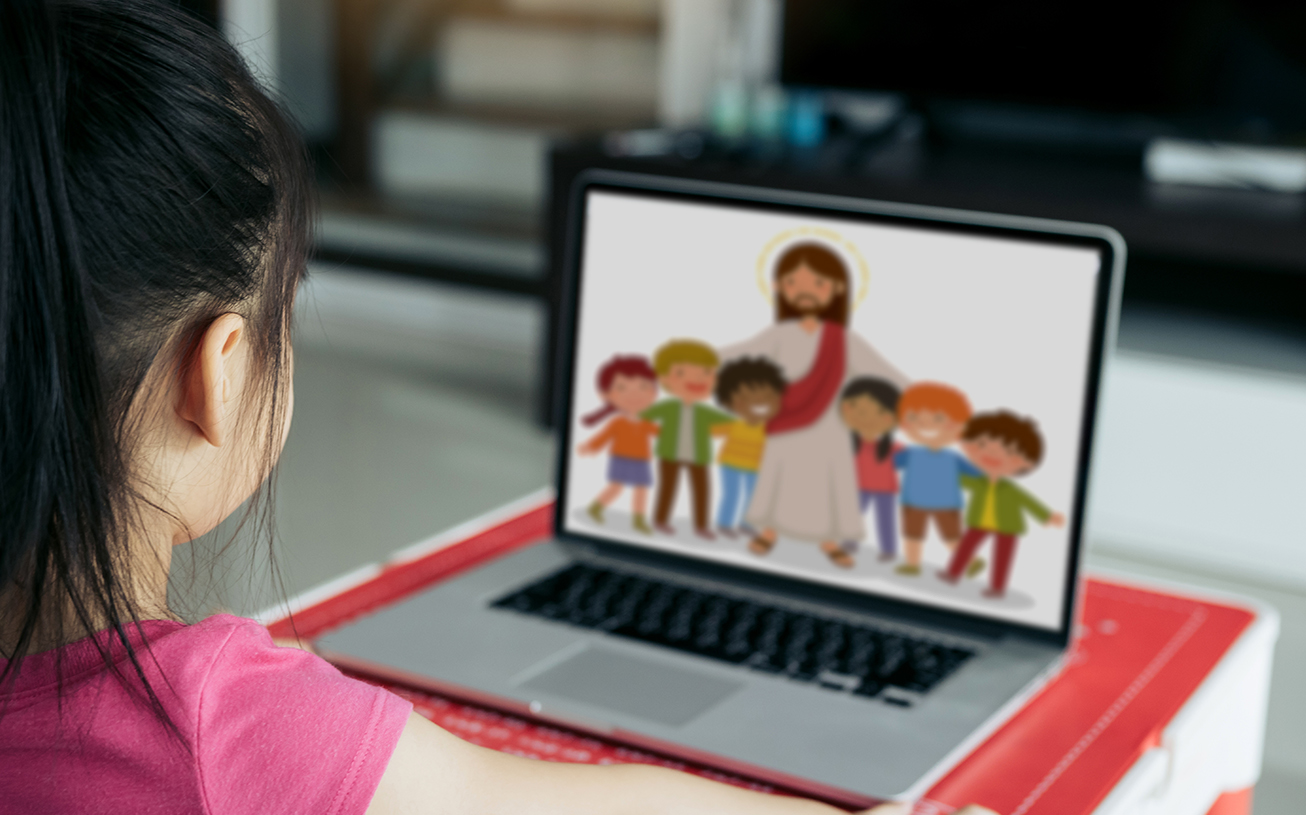
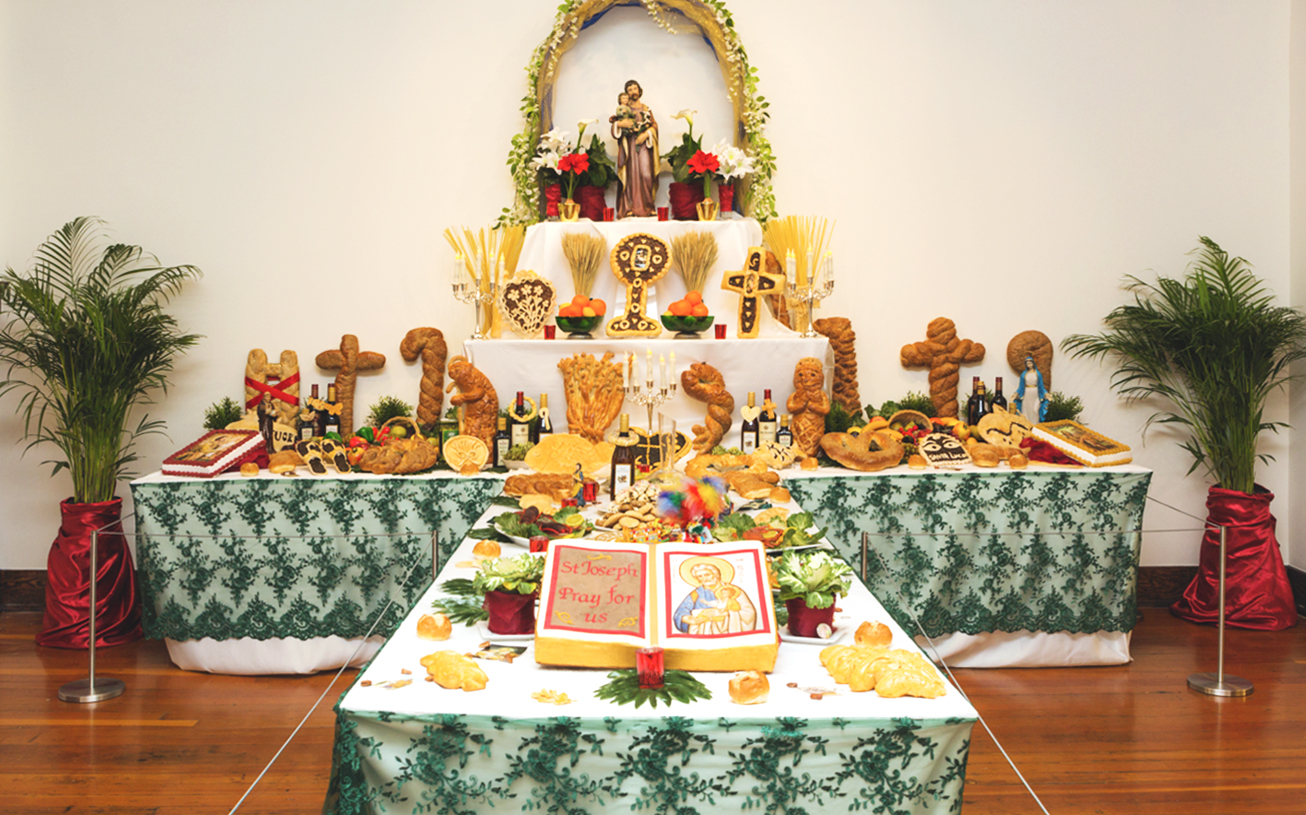
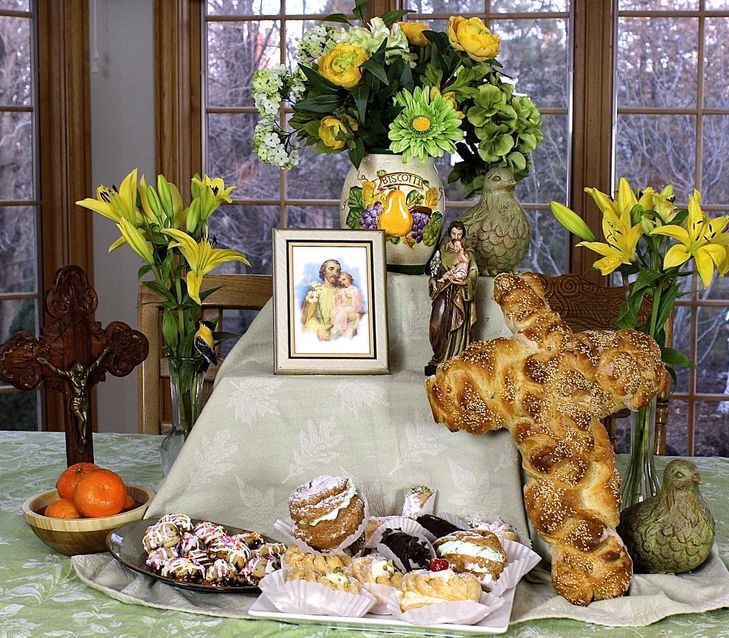
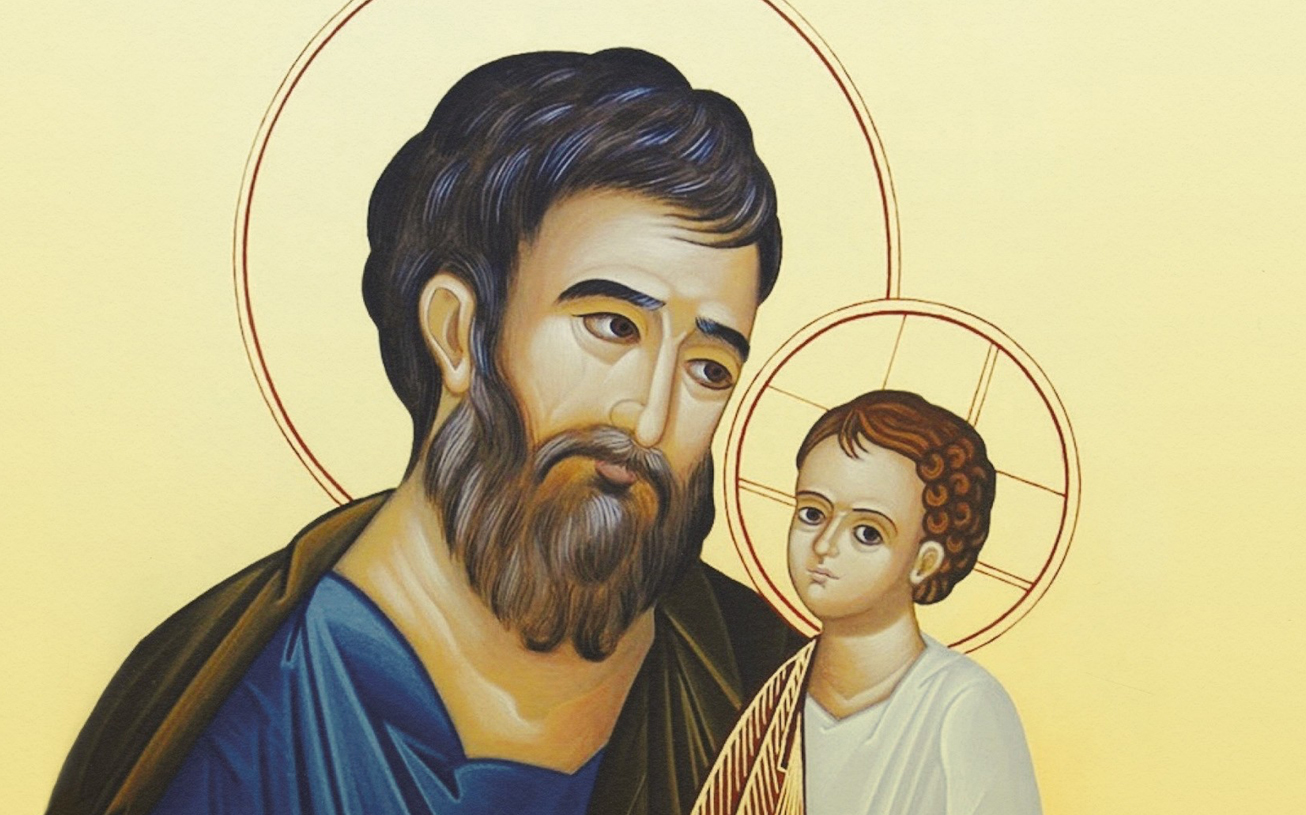
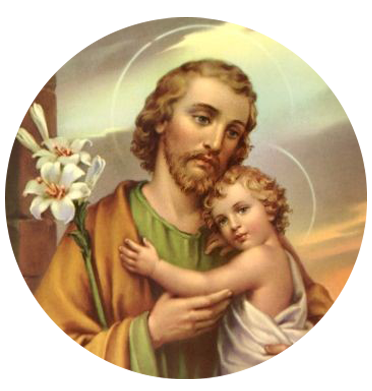
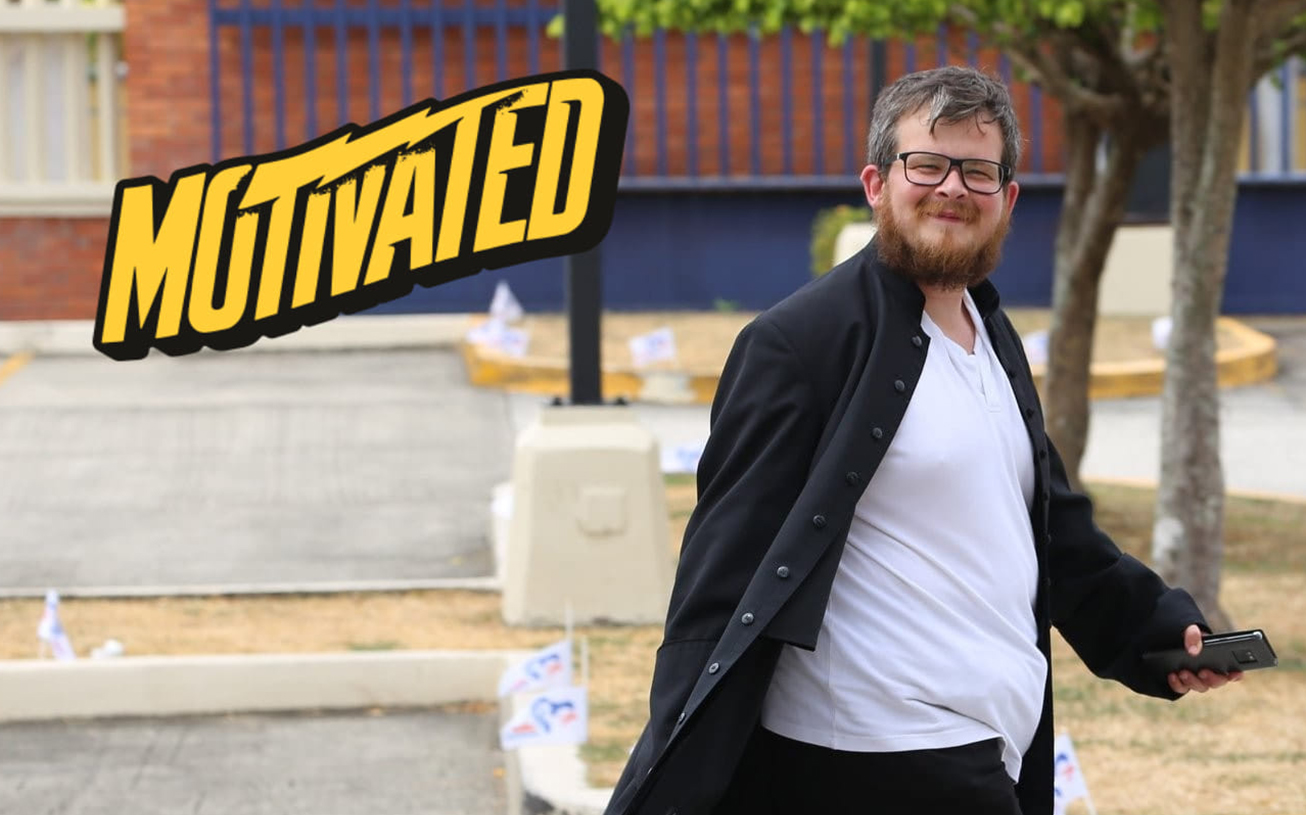
 So, I have decided to get up from my “sofa” and start a new mission. I have chosen the Diocese of Brooklyn in the USA. New culture, new environment, the new style of the Church, new challenges.
So, I have decided to get up from my “sofa” and start a new mission. I have chosen the Diocese of Brooklyn in the USA. New culture, new environment, the new style of the Church, new challenges.